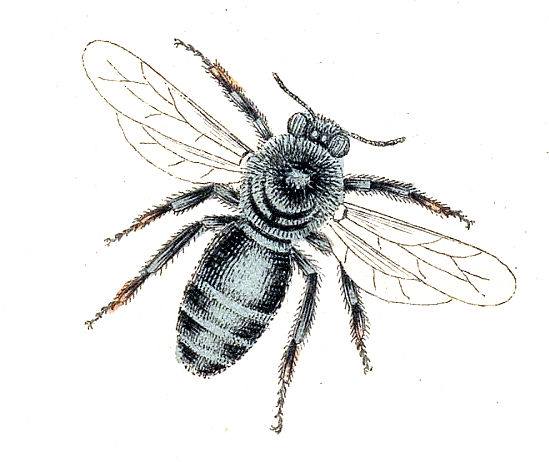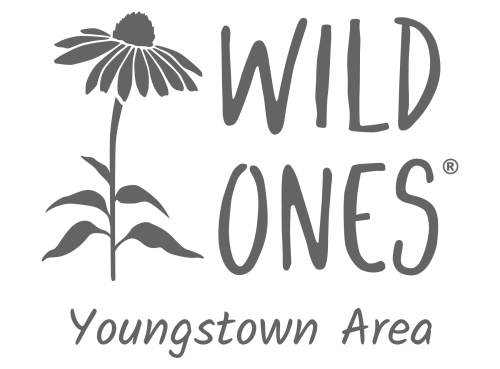“More than 700 species of native butterflies exist in North America. Butterflies, like all pollinators, are
closely linked to their environments, such that drastic changes in the ecosystem can be devastating to localized populations or species. A butterfly’s life has four stages: egg, caterpillar, pupa, and adult. The habitat needs of the butterfly vary from stage to stage, and each has needs that must be considered to provide suitable habitat. Leaves and branches of trees and shrubs, wildflowers, grasses, and soil serve as substrates for butterfly eggs. However, most butterfly species are limited to one or a few closely related plant species that can successfully serve as host plants for the caterpillars, and females must lay their eggs on or near the host plant in order for the caterpillar to survive. For example, monarch butterfly caterpillars eat only milkweed, and female monarchs will only lay eggs on or near milkweed plants. Caterpillars feed on the leaves, stems, flowers, or fruits of their host plants, which also serve to cover them from potential predators.” to read the entire amazing article go to the awesome article “Native Pollinators” in the Fish and Wildlife Habitat Management Leaflet from February 2006 available through Michigan State University.

